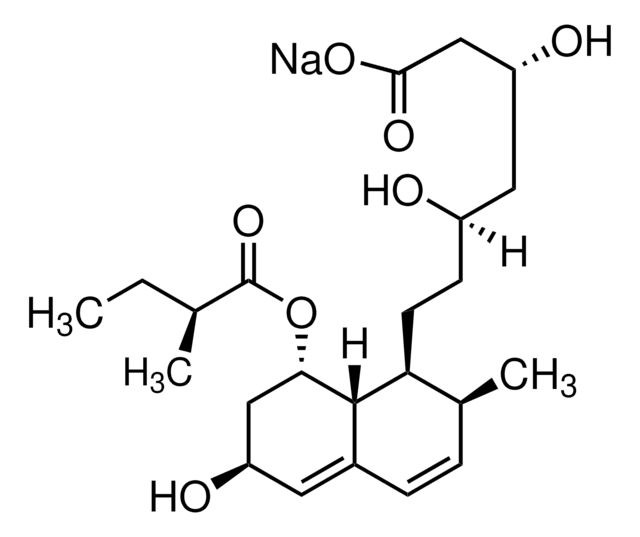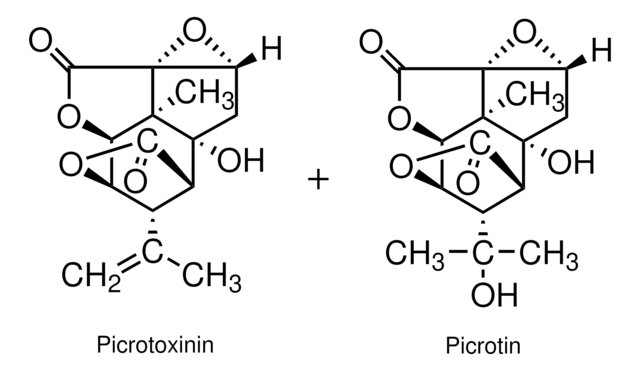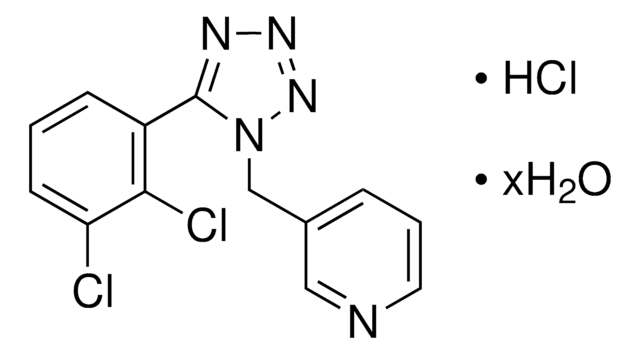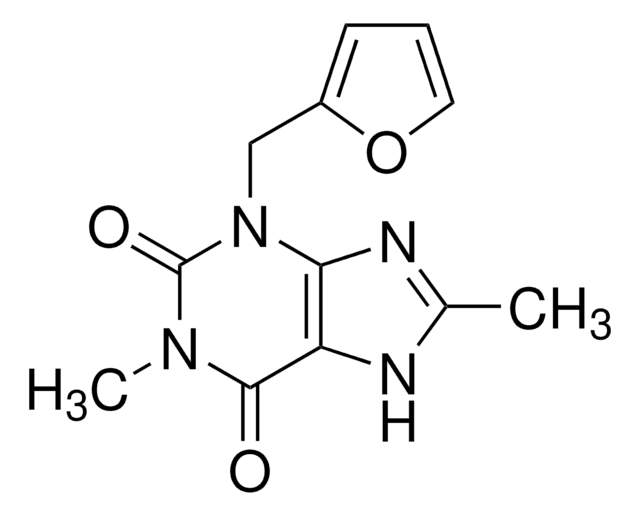C7374
CK-636
≥98% (HPLC)
Sinónimos:
CK-0944636; N-[2-(2-Methyl-1H-indol-3-yl)ethyl]-2-thiophenecarboxamide
About This Item
Productos recomendados
Quality Level
assay
≥98% (HPLC)
form
powder
color
peach to light pink
solubility
DMSO: ≥20 mg/mL
storage temp.
2-8°C
SMILES string
Cc1[nH]c2ccccc2c1CCNC(=O)c3cccs3
InChI
1S/C16H16N2OS/c1-11-12(13-5-2-3-6-14(13)18-11)8-9-17-16(19)15-7-4-10-20-15/h2-7,10,18H,8-9H2,1H3,(H,17,19)
InChI key
ACAKNPKRLPMONU-UHFFFAOYSA-N
Biochem/physiol Actions
Certificados de análisis (COA)
Busque Certificados de análisis (COA) introduciendo el número de lote del producto. Los números de lote se encuentran en la etiqueta del producto después de las palabras «Lot» o «Batch»
¿Ya tiene este producto?
Encuentre la documentación para los productos que ha comprado recientemente en la Biblioteca de documentos.
Nuestro equipo de científicos tiene experiencia en todas las áreas de investigación: Ciencias de la vida, Ciencia de los materiales, Síntesis química, Cromatografía, Analítica y muchas otras.
Póngase en contacto con el Servicio técnico








